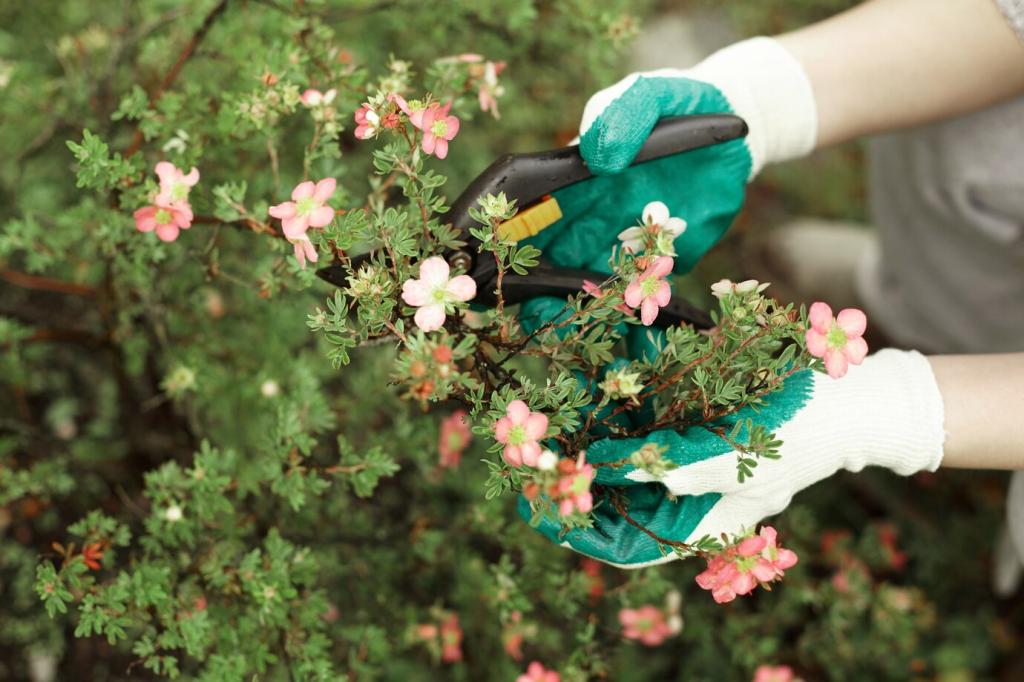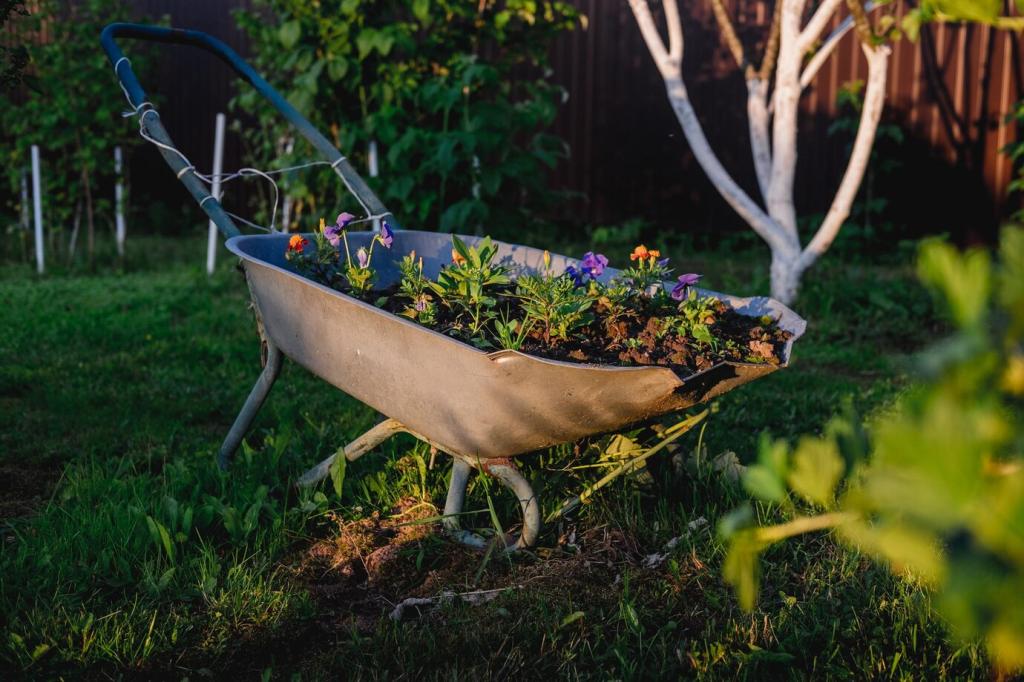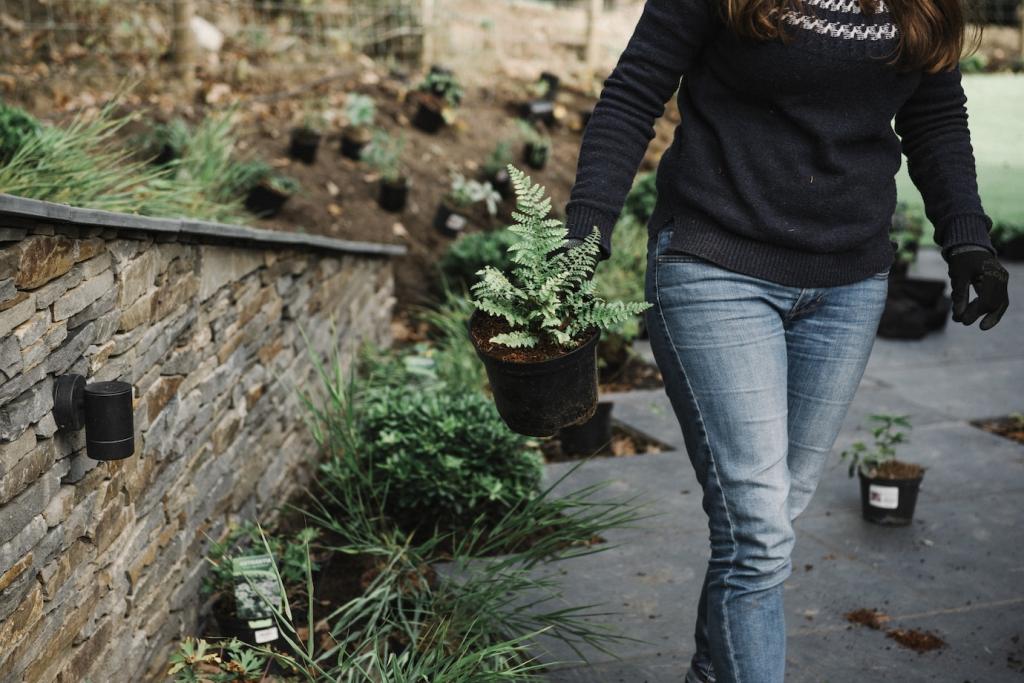Weather-Ready Beds: Frosts, Heatwaves, and Storms
Check extended forecasts when planning transitions. Delay transplanting ahead of a cold snap; harvest heavy before relentless heat. Keep spare mulch, hoops, and cloth ready. Responding quickly often matters more than perfection, and your beds will reward the vigilance.
Weather-Ready Beds: Frosts, Heatwaves, and Storms
Protect tender starts with breathable frost cloth, recycled jugs as cloches, or a simple cold frame. Install supports early, so covers go on fast when temperatures dive. Share your protection setups to help others refine their seasonal transition toolkits.





